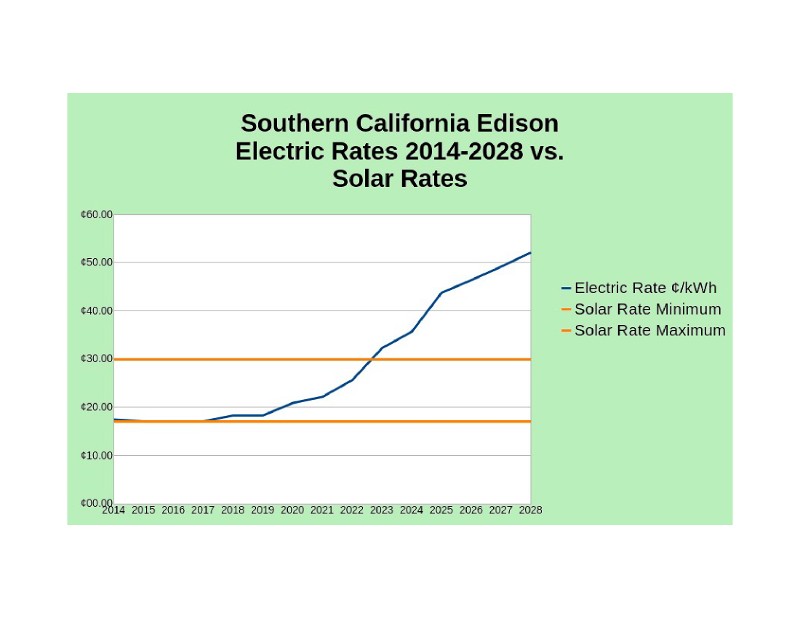At Tiger Stripe Solar, we understand embarking on the journey toward sustainable energy can raise many questions. That's why we've compiled this comprehensive FAQ section to address your concerns, dispel any myths, and provide you with the knowledge you need to make an informed decision about solar power. Whether you're curious about the potential cost savings, environmental impact, or the effect on your home's value, our experts have you covered. Explore our FAQs below, and start building and saving today!
Homeowner's GuideAbsolutely! Adding solar panels to your home not only saves you money on your electricity bills but can also create energy credits that you can use towards future bills. In some cases, if your system produces more power than you use, it can even provide you with a small source of additional income.
Southern California is a prime region for solar energy, boasting one of the largest solar movements in the United States. With an average of 280 sunny days per year, going solar in Southern California is both environmentally friendly and a smart investment. Given the region's efficiency and return on investment, now is the most competitive time to consider a solar energy system for your home.
Absolutely! Reducing our carbon footprint is crucial for the health of our planet, and solar energy is a powerful way to achieve that goal. Solar power helps eliminate the use of carbon fuels, reducing harmful emissions. By installing a solar energy system from Tiger Stripe Solar, you're taking a significant step towards reducing your dependence on fossil fuels and supporting a cleaner, greener planet.
Yes, research shows that adding a solar system can significantly increase the value of your home. On average, homes with state-of-the-art solar systems see an increase of nearly 2-3% above the average selling price. This increase in home value and demand means your home will likely sell faster, especially in Southern California's competitive market. Also, our 3rd party certification gives you a higher chance of a greater equity value.
NEM 3.0 took affect in April 15, 2023 and that requires all new solar owners to provide themselves a battery to be more energy independence. While solar energy is reliable, having a backup power system is beneficial, especially during power outages. Homeowners in Southern California are better off with a battery back up solar system for total independence from the grid. With recent power outages, having a reliable backup system is essential for peace of mind and uninterrupted power.
 More Information
More InformationWhen determining the cost of charging an electric vehicle at home, several factors must be considered, as the calculation isn't always straightforward. Factors to consider are driving efficiency, style, and other variables that can influence energy consumption. Our Enphase Back up Batteries will always be there for you, find out how by clicking on the link Control EV charging with the Enphase App | Enphase.
To measure an EV's efficiency, we use kilowatt-hours (kWh) per 100 miles, as provided by the EPA. Multiply this number by your annual mileage to calculate your EV's yearly electricity consumption. For example, if your EV uses 0.35 kWh per mile and you drive 13,500 miles per year, your total consumption would be 4,725 kWh. Then, multiply this figure by your local electricity rate to determine your EV's annual charging costs.